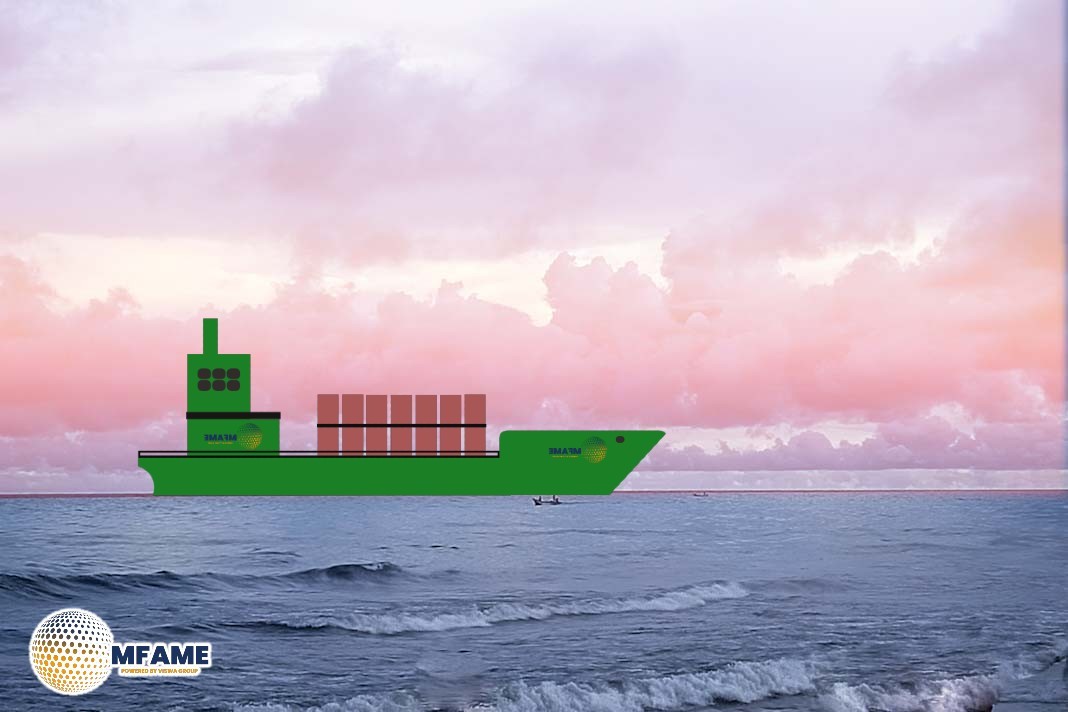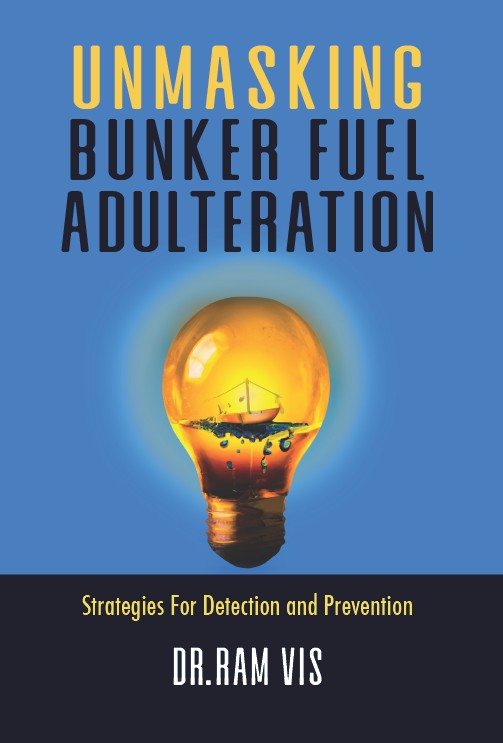- Biological Carbon Pump Locks Away Carbon for 50 Years.
- New Research Reveals Oceans’ Crucial Role in Climate Regulation.
- Scientists Call for Protection of Ocean Carbon Sink.
A new study, with contributions from the World Maritime University (WMU), reveals that the biological carbon pump (BCP) sequesters approximately 2.8 billion tons of carbon annually. This is equivalent to 10 billion tons of CO₂, effectively locking it away for at least 50 years. The research was conducted by an international team, including scientists from IRD (France), the Technical University of Denmark (DTU), the Gulf of Maine Research Institute, and Blue Green Future (United States), reports WMU.
How the Biological Carbon Pump Works
The BCP functions like an underwater metropolis, where marine organisms such as phytoplankton, zooplankton, and fish collectively absorb CO₂ from the atmosphere and store it in the ocean. Phytoplankton play a crucial role by transforming CO₂ into food, which is then consumed by other marine life. As these organisms die, they sink to the ocean depths, locking carbon away for extended periods.
This natural process is critical in regulating Earth’s climate, preventing excess CO₂ from returning to the atmosphere and exacerbating global warming.
Threats to the Biological Carbon Pump
Despite its importance, the BCP remains vulnerable to human activities, including industrial fishing, pollution, and deep-sea mining. The study emphasizes that many Large Ocean Island States, such as Micronesia and Kiribati, hold significant ocean carbon within their EEZs and could play a key role in protecting this crucial climate-regulating mechanism.
The Need for Conservation and Policy Action
WMU Senior Researcher and lead author Fabio Berzaghi stress the importance of valuing ecosystem services for effective management and policymaking: “Accounting of ecosystem services ecological, climate and economic benefits are useful for managing ecosystems and for informing governments on the ecological and socio-economic importance of their natural resources. Damaging nature has a cost for society and its protection requires funding and holistic approaches.”
He also highlights the necessity of considering sequestration time in climate policies:
“In this work we also highlighted the importance of carbon sequestration time when quantifying and valuing natural climate solutions. Sequestration time should be clearly stated and scientifically estimated to provide more transparency and confidence in investments in carbon sequestration projects.”
WMU Professor Mary Wisz further elaborates on the role of ocean life in carbon storage:
“Life in the ocean plays an essential role in processing and storing carbon that would otherwise mix back into the atmosphere and trap heat. If it weren’t for life in the ocean, our atmospheric carbon levels would be around 50% higher than they are today. But carbon is not absorbed and stored evenly throughout the ocean. In some places, it can get stored in the water column or in sediments for centuries. In other places, it could pop back up nearby or somewhere else within a few years or less, depending on the motion of the ocean. Our study did something novel by showing where the carbon stays in the ocean at least for 50 years. We picked 50 years because it is convenient for management decisions that consider near-term climate action.”
She also outlines steps nations can take to protect this process:
“Nations can protect the biological carbon pump within their territories with marine protected areas, marine spatial planning and environmental impact assessments. Nations can also support biological carbon pump protection within international waters by ratifying the newly agreed Biodiversity Beyond National Jurisdiction Treaty, which recognizes the importance of protecting biogeochemical cycles, such as the BCP and the carbon it stores.”
Global Cooperation and Climate Commitments
The authors advocate for stronger conservation policies, enhanced financial incentives for lower-income nations, and increased international cooperation. Protecting the BCP can help countries meet their commitments under the Global Biodiversity Framework, which aims to safeguard 30% of the world’s oceans and coasts through marine protected areas and sustainable biodiversity management.
These findings are expected to shape global climate finance discussions and influence policy debates at upcoming COP climate and biodiversity summits, reinforcing the ocean’s essential role in climate mitigation.
Funding and Acknowledgment
The research was funded by the OceanICU Horizon Europe project (Grant Agreement No. 101083922). The authors clarify that the views expressed in the study are solely their own and do not necessarily reflect those of the European Union or the European Research Executive Agency. Neither the EU nor the granting authority can be held responsible for the content.
Did you subscribe to our daily Newsletter?
It’s Free Click here to Subscribe!
Source: WMU

















